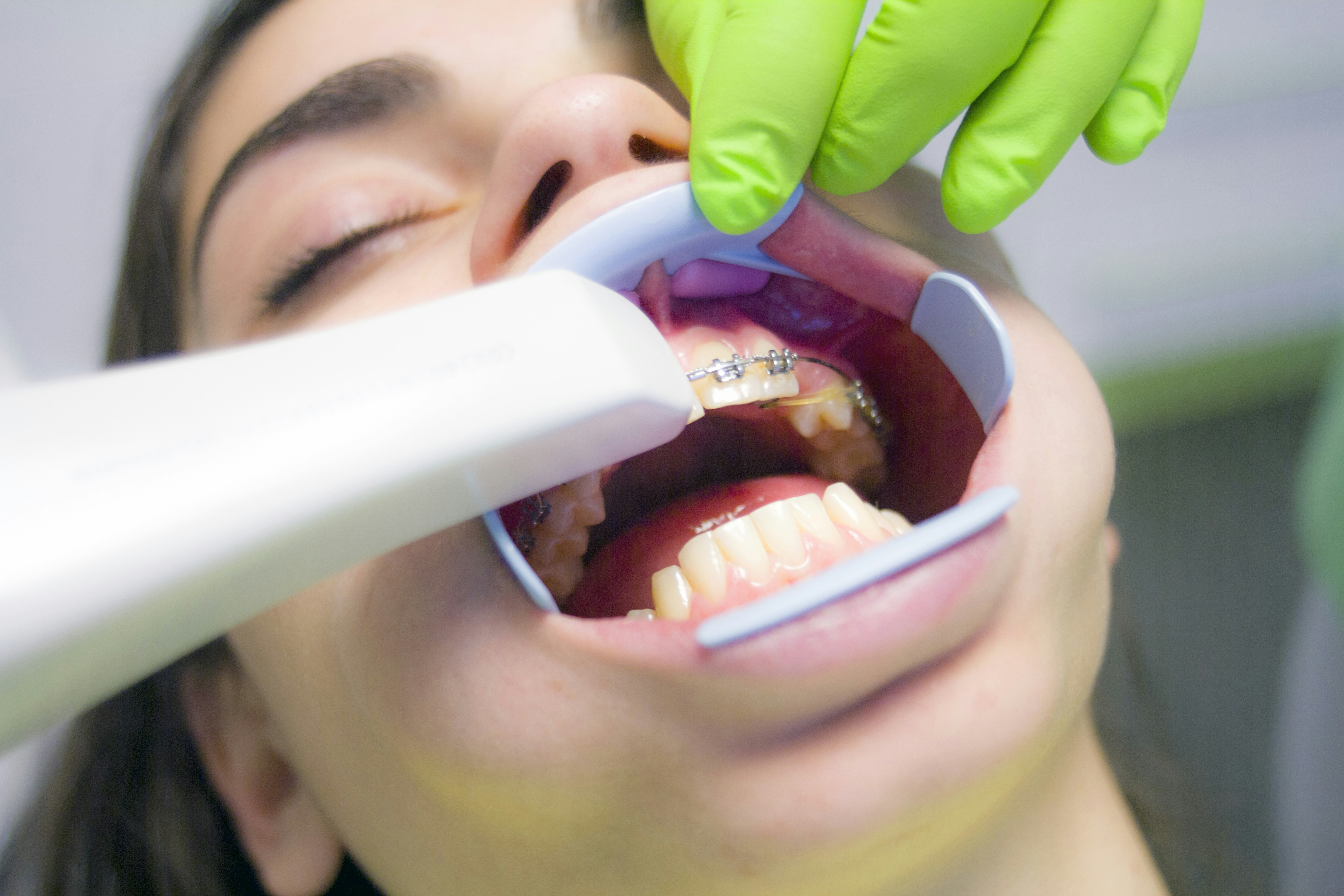A Beginners Guide To

Allergy skin tests are a typical analysis device utilized by medical care professionals to identify particular irritants that may be causing an allergic reaction in a client. By revealing a small area of the skin to numerous materials, physicians can establish which irritants cause a sensitive reaction in a person. This details aids in the development of targeted treatment and administration plans to reduce symptoms and enhance the individual’s lifestyle.
1 Picture Gallery: A Beginners Guide To
Throughout an allergic reaction skin examination, a healthcare provider will use various irritants to the client’s skin and keep track of the response. The most typical approach used is the prick examination, where a little quantity of the irritant is positioned on the surface area of the skin and after that lightly pricked or scraped to enable the substance to enter the skin. An additional approach is the intradermal examination, where a percentage of the allergen is injected simply listed below the surface of the skin utilizing a hypodermic needle.
The examination is generally conducted on the lower arm or back and can be performed for a variety of allergens, including plant pollen, dust mites, pet dander, mold and mildew, and particular foods. It is a relatively fast and pain-free procedure, and the outcomes are usually available within 15-20 minutes. The response on the skin is very carefully observed, and the size of the wheal (swelling) and flare (inflammation) developed at the test site is measured and recorded.
Interpreting the results of an allergic reaction skin examination requires unique proficiency. A favorable response, shown by an increased bump and redness at the examination website, suggests that the individual dislikes that specific irritant. On the various other hand, a negative outcome indicates that the patient does not have a sensitive feedback to the examined substance. False-positive or false-negative outcomes are feasible, which is why these tests are performed and interpreted by experienced experts that consider the individual’s case history and other variables.
Allergy skin examinations are typically thought about risk-free but might have some possible side effects. Light itching, redness, or swelling at the test website prevail prompt reactions that diminish within a few hours. In unusual cases, a lot more severe responses may occur, such as hives, problem breathing, or anaphylaxis. That’s why it is important to have actually these examinations carried out by health care specialists that can promptly deal with any type of damaging reactions or complications.
In conclusion, allergy skin tests are valuable devices for recognizing specific allergens in charge of causing allergies. By properly recognizing the triggers, healthcare providers can develop effective treatment strategies, which may involve allergen evasion, medications, or allergen immunotherapy. If you think you have allergies, consulting with an allergist or immunologist and undergoing an allergy skin examination can supply you with useful details to manage your problem effectively.
This post topic: Pets & Animals

